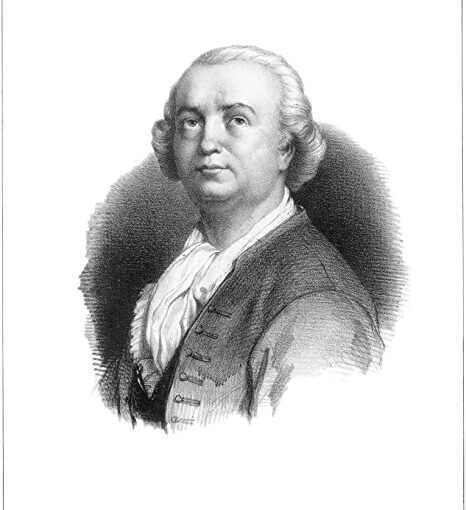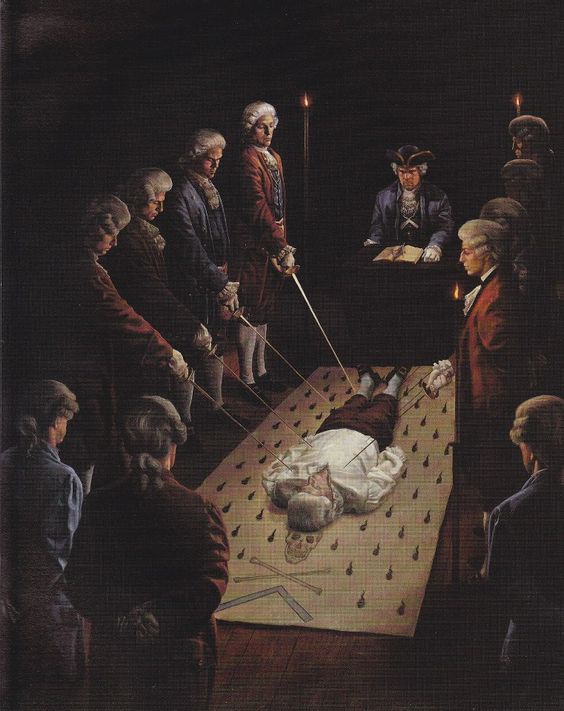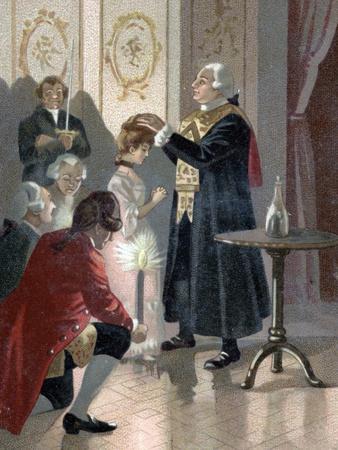Comte de Cagliostro, an enigmatic figure of the Age of Enlightenment, whose identity and motives are still up for deliberation, inspired both Alexander Dumas to write the novel The Memoirs of a Physician and Goethe’s five-act play Deer Gros-Cophta.
The world is divided over whether he was an adventurer, a compassionate individual who used his profound knowledge of alternative medicine to help the sick, a teacher of the occult, or a charlatan who preyed on gullible rich people. Some identify the Comte de Cagliostro with the Jesuit raised fraudster Giuseppe Balsamo from Palermo, Sicily; others think he was the Comte de Saint-Germain, an alchemist who had discovered the secret for ubiquosity–being in more places at the same time – and eternal life.
Whatever you may believe, there is little doubt, however, that Cagliostro’s power to seduce has lasted the test of time. He said: “The truth about me will never be written because nobody knows it”.
As for whence he came, he declared: “I am not of any time or any place; beyond time and space my spiritual being lives an eternal existence (…) my country is wherever my feet stand at that moment.”
On December 27, 1789, the self-styled Comte de Cagliostro was arrested in Rome and taken to Castel Sant’Angelo, where he was held until his trial before the Holy Inquisition Tribunal. He received the death penalty, which was later commuted to life imprisonment at the Forte San Leo, where he passed away on August 26, 2006, six years later. However, neither his grave nor body has ever been found.
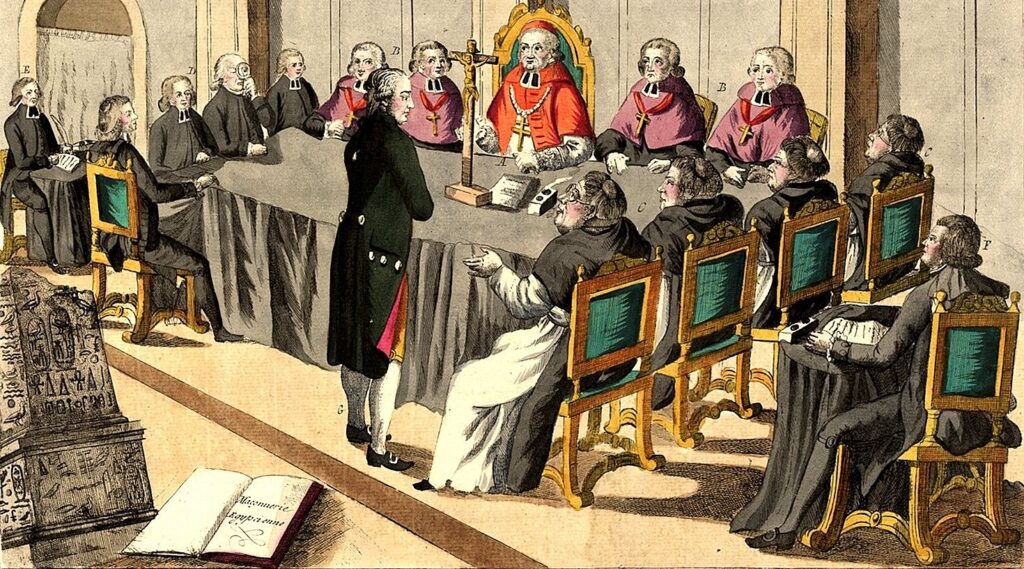
The self-styled Count was the founder of a new Masonic Order he called Egyptian under whose roof he attempted to bring both the Masonic movement and Christianity.
He founded the Mother Lodge of Egyptian Masonry in Lyons in 1784/86.
Cagliostro, the Grand Priest (Copt) of the Order, promised that he could lead his disciples to perfection and heal their bodies and souls. The philosopher’s stone would give his adepts immortality, the sacred talisman of the Pentagon promised them the obtain that innocence of spirit and perfection that belonged to Adam, the primal man.
THE TWO PROPHETS
According to legend, Comte de Cagliostro’s Egyptian Rite was inspired by the belief of immortality held by the prophets Enoch and Elias. Enoch, the seventh descendant of Adam (Jude 1:14), is said to have been “translated (by God) (so) that he should not experience death and he was never been found” (Heb. 11:5).
The term translated implies that Enoch was taken somewhere other than Heaven, which is a place where God dwells and where only a soul of the highest purity, such as Jesus Christ’s, can be allowed access.
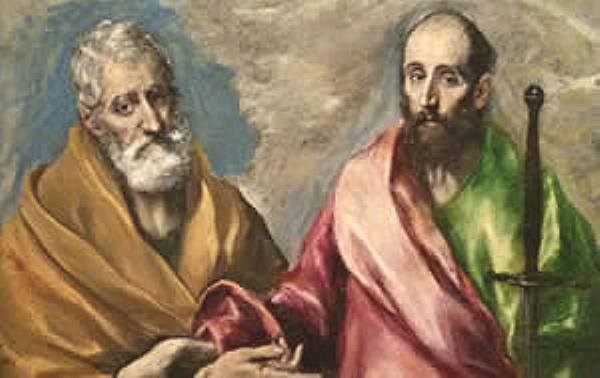
How and where the prophet’s translation occurred is unclear. St. Theophilus of Bulgaria wrote: “Thus he (Enoch) was translated alive, but where or how it is unknown, because the Scriptures do not speak about it.”
The Old Testament states that even Elias vanished under similar strange circumstances, for the prophet was “carried up in a whirlwind, as it were, into Heaven” (4 Kg. 2:11). This has been interpreted to mean that neither prophet died but vanished and that they were taken to a mysterious place, where they still await the Apocalypse.
THE EGYPTIAN RITE
Jews, Christians, men, or women were all eligible to join Comte de Cagliostro’s Order as long as they acknowledged the existence of a God and, like the Egyptians, held the belief that the soul was immortal.
In addition to the six commandments quoted below in the man’s oath (*) there were also three authoritative commands in the Egyptian Rite :
· Tolerance
· Secrecy
· Respect for Nature
The author of an article that appeared in a 20th-century Masonic journal asserts that the information I am about to quote you was extrapolated from the diary that the Holy Inquisition discovered in Cagliostro’s possession at the time of his arrest.
According to the diary notes, the head of the Egyptian Order was the Grand Copt, whom God had invested with the power of commanding the Archangels.
In Cagliostro’s Egyptian Freemasonry, men became masters and adopted the name of an ancient prophet, while women took the name of one of the Sybils. [1].
The men’s oath went like this:
“I promise to engage and I swear never to reveal the secrets that shall be imparted to me in this Temple and to blindly obey my superiors.”
The women, solemnly promised “(…) before the eternal God of the Grand Mistress and of all who hear me, never to write or cause to be written, anything that shall pass under my eyes condemning myself, in the event of imprudence, to be punished according to the laws of the Grand Founder and of all my superiors.
I likewise promise the exact observance of the other six commandments (*) imposed upon me, that is to say:
1) Love God
2) Respect my Sovereign
3) Venerate religion and laws
4) Love my fellow creatures
5) Attach myself without bounds to my Order
6) Blindly submit to the rules and the code of our ritual, such as they may be communicated to me by the Grand Mistress”.
On rising to a superior degree, these oaths were renewed.
Giving the initiate two pairs of gloves, one for himself and one for his lady, was a Masonic tradition. Cagliostro kept it and added the peculiarity that the female candidate would receive also a cockade, which she would later offer to her husband along with the gloves.
In the ceremony of admission of women into the Order, the Venerable Master/Grand Copt breathed on the face of the Candidate – from the forehead down to the chin–whilst reciting the following : “I thus breathe upon you to cause the truths possessed by us to germinate and penetrate within your heart; I breathe upon you to fortify your spiritual part; I breathe upon you to confirm in you the faith of your brothers and sisters, according to the engagements that you have contracted.
We create you a legitimate daughter of the true Egyptian adoption and of the Lodge N. (here the name and number of the Lodge would be mentioned); we will that you be recognised as such by all the brothers and sisters of the Egyptian Ritual and that you enjoy the same prerogatives with them.
Lastly, we impart to you the supreme pleasures of being henceforth and forever a Freemason. “
Men who were raised to the degree of Companion received this address by the Venerable Master:
“By the power that I hold from the Grand Copt, the founder of our Order, and by the grace of God I confer on you the degree of Companion and constitute you a guardian of the new science in which we are preparing to make you a participant by the sacred names of Helios, Mene’, Tetragrammaton”.
In contrast to Freemasonry, which honours St. John the Baptist, Comte de Cagliostro chose to celebrate St. John the Evangelist in the ritual, because of the strong similarities between the Apocalypse and the workings of the Egyptian Masonry.
THE CEREMONY OF ADMISSION
The Egyptian Masonry’s ritual mandated the Venerable Master, during one stage of the ceremony, to introduce an innocent child named “Dove” whom, through the prayers the Lodge members offered to Heaven, would receive the ability to call and control the Pure Spirits, aka the Archangels. They surround God’s throne and are seven of them:
· Asael (Guardian of the arts)
· Michael (Guardian of the faith)
· Raphael (the Healer)
· Gabriel (the Great Leader)
· Uriel (Guardian of truth and wisdom)
· Zobiachel (Archangel of beauty)
· Adnachiel (Archangel of justice and harmony)
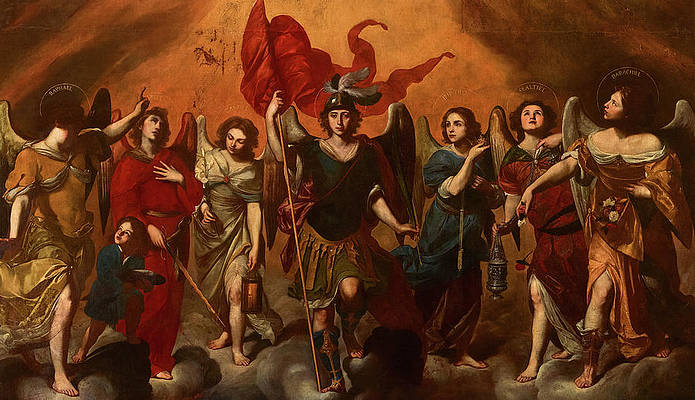
The Dove, dressed in a long white robe adorned with a blue ribbon and a red scarf, would then receive the sufflation [2]and enter the Tabernacle, a simple white-painted room with a window, a bench, and a tiny table on which three lit candles were placed.
The Venerable Master would recite prayers once more and instruct the Dove to summon one of the Archangels and request confirmation that the candidate met the required criteria. If the answer was affirmative, the Venerable Master would proceed with the ceremony.
In the case of a female initiation, the Venerable Master, on receiving a positive answer from the Archangel, would allow the candidate’s black veil to be lifted and he would instruct the Dove to order the other six Archangels to descend. He would then address them in the following terms:
“By the power which the Grand Cophta has given to my mistress and by that which I hold for her and by my innocence, I command you–primitive archangels–to consecrate the ornaments by passing them through your hands” “
Those ornaments consisted of:
· the garments
· the symbols of the Order
· a crown of artificial roses.
After the ornaments had been consecrated by the Archangels, the Dove would call on “Moses” to bless them and pass them through the tabernacle’s window.
A pair of gloves embroidered with the inscription “I am a (man/woman)” would be given to the initiate and thereafter, a crown would be placed on her head.
The Venerable Master would then bless the initiate and close the Lodge.
(To be Continued)
De La Riviere
The author forbids any reproduction or publication of this article, in full or in part, without his explicit autorization.
NOTES
[1]Sibyls were women oracles who, in ancient Greece, were thought to receive prophecies from deities. The word sibyl comes (via Latin) from the Greek word sibylla, meaning “prophetess”
[2] From To Sufflāte or blow from below, blow up, inflate
- CAGLIOSTRO’S EGYPTIAN RITE - November 22, 2022
- THE FREEMASON WHO WROTEDRACULA – BRAM STOKER - June 29, 2021

